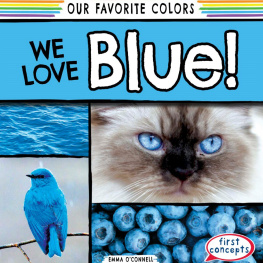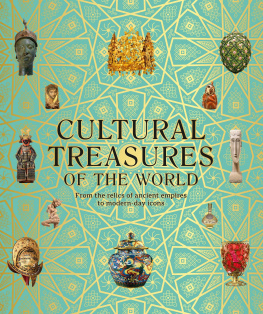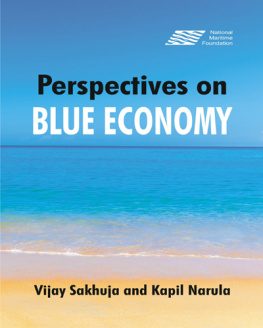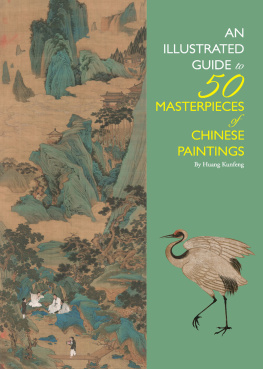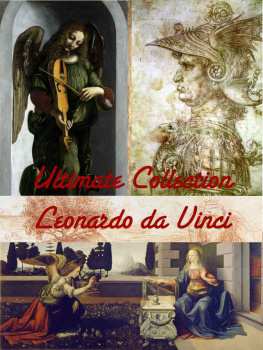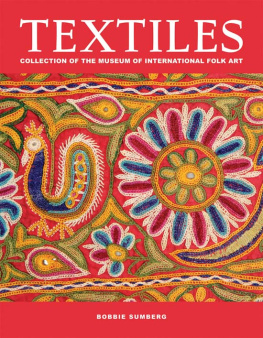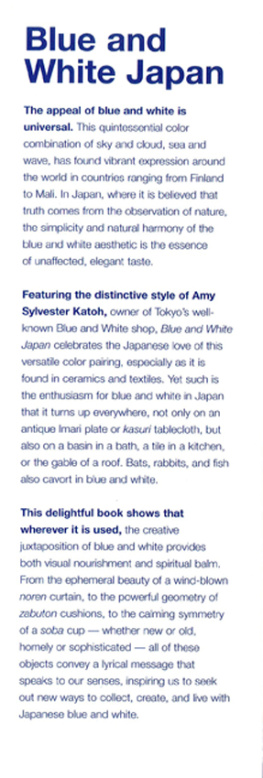

EGYPTIAN Eye of Horus (Wedjat) Ring, 15391295/1292 BC

FRENCH Platter from the Louis XV Service, 175455

EGYPTIAN Broad Collar, 25512528 BC

JOOS VAN CLEVE The Crucifixion, ca. 1525

CHARLES SHEELER Three White Tulips, 1912

EGYPTIAN Ibex Finial, 15501295 BC
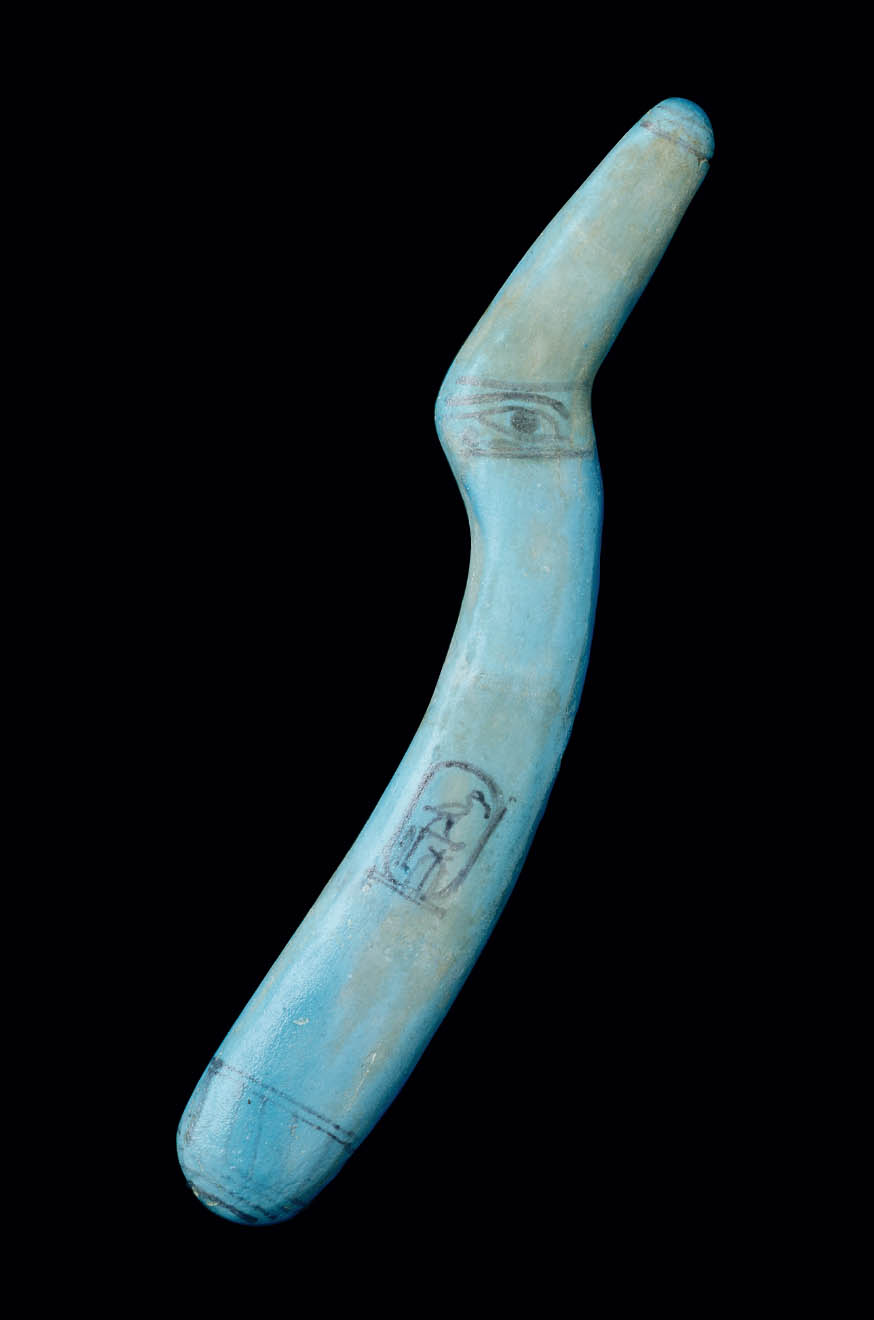
EGYPTIAN Model Throw Stick, 14001390 BC

SOUTH SEA ISLANDS Bark Cloth, 19th century

ROMAN Ribbed Bowl, late 1st century BCAD 1st century

DUTCH Pair of Tulip Vases as Triumphal Arches, ca. 1690

DUTCH Kraak Plate, late 17th century

LON NIKOLAIEVITCH BAKST The High Priest (Costume Design for Dieu Bleu), 1911
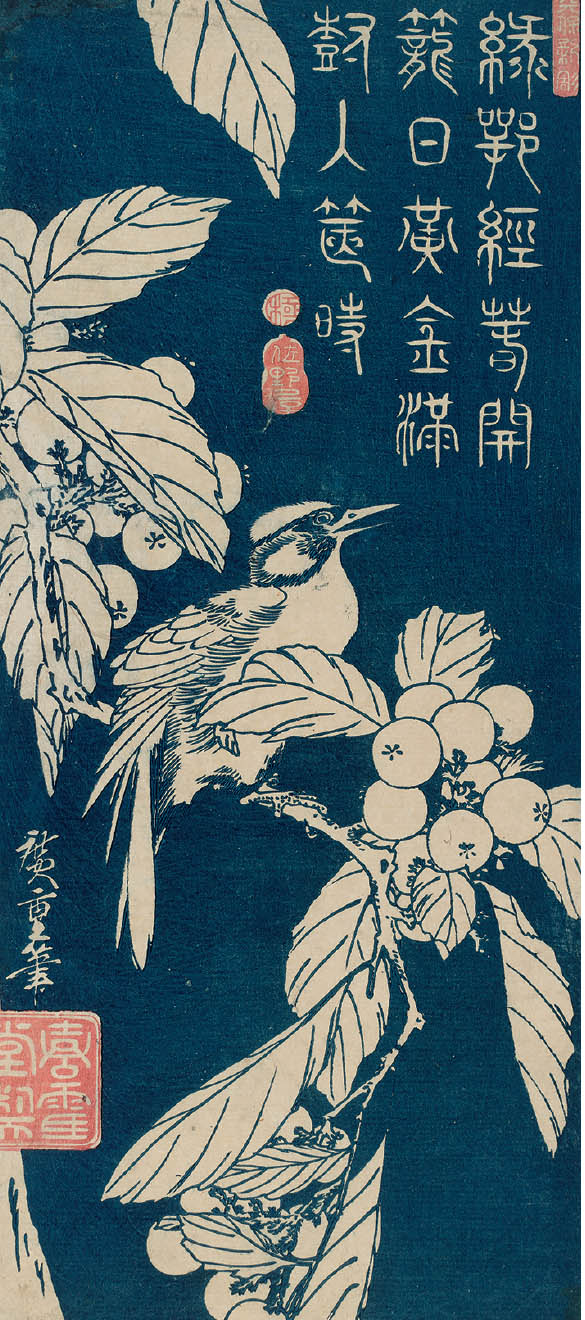
UTAGAWA HIROSHIGE Bird and Loquat, ca. 183044
Text copyright 2015 by the individual writers.
Compilation and photography copyright 2015 by The Museum of Fine Arts, Boston.
All rights reserved. No part of this book may be reproduced in any form without written permission from the publisher.
ISBN: 9781452139340 (mobi, epub)
ISBN: 9781452149240 (epub3)
Library of Congress Cataloging-in-Publication Data available.
ISBN: 9781452129402 (hc)
Design and typesetting by Annabelle Gould
Typeset with Arnhem, Egyptian, Brandon Grotesque, and Stag Stencil
Chronicle Books LLC
680 Second Street
San Francisco, CA 94107
www.chroniclebooks.com
by Adam Tessier
by Denise Doxey
by Pamela Hatchfield
by Pamela Parmal
by Yvonne Markowitz
by Nancy Berliner
by Rhona MacBeth
by Thomas Michie
by Sarah Thompson
by Anne E. Havinga
by Caroline Cole
Introduction: Blue Notes
Adam Tessier
Head of Interpretation
EVERYONE LOVES BLUE . Four in ten people would tell you its their favorite color. To be fair, though, four in ten people will also say the cashew is their favorite nut. That same percentage of adults still reads actual newspapers, and an equal number believes ghosts are real. So for a moment, lets set aside the fact that you and I and about 40 percent of everyone we know prefer blue over any other color. Instead lets wonder: What does that preference reveal about us? What does blue say about us? In the pages that follow, images from the Museum of Fine Arts, Boston, and essays by ten of the museums curators and conservators explore that question, providing a rich (and colorful) context for humankinds fascination with blue across thousands of years of art making and cultural history.
Make a list of everything blue, a stream of blue consciousness. Mine would begin: Picassos Blue Period. Joni Mitchells album Blue, with its cyan sleeve. Miles Davis, Kind of Blue. My favorite blue oxford-cloth shirt. The perfect blue jeans. Elvis and his blue suede shoes. The deep blue of the bull-leaping fresco at Knossos, or better, the brilliant blue backdrop of Babylons Ishtar Gate. The blue glass in the windows at Chartres. The Hope Diamond. Tiffanys little blue box. Sapphires. Smurfs. Thomas Gainsboroughs Blue Boy. Cornflowers. Blue jays. Blue books for exams, and blue pens. French chore smocks, called bleu de travail, work blue. My mothers Blue Willow plates, the pattern rubbed off at the edges. And above all, the sky, and then also the sea.
Or to the ancient Egyptians, the sky and the Nile, and by extension the gods who ruled those realms. As blues go, the Egyptians famously invented two: Egyptian faience, a glassy blue ceramic, and so-called Egyptian blue, the first synthetic pigment ever made. But their most precious blue came from the faraway mines of Afghanistan, in the form of the rock lapis lazuli. Ground to powder, lapis becomes ultramarine, at one point the costliest pigment in existencea luxury rarer even than gold. Renaissance painters reserved it for only the most special applications, like the painted robes of the Virgin, a blue proper for the queen of heaven. A true blue. Which brings us to the medieval fabric that gave rise to that phrase: the blue cloth dyed at Coventry, England, and whose color did not fade.
For a while, everyone wanted that blue Coventry wool. Green may be the color of envy, but blue is the color we covet. Weve hunted it down, prized it, copied, borrowed, and sometimes been left to create it ourselves out of thin air. One regions blue often began somewhere else. The origins of Chinas beloved blue-and-white porcelain were in West Asia. From China, blue and white made its way to Japan, and throughout Asia, and then on to Europe, where it found a feverish market of admirers, as well as copyists laboring to decode its mysteries. Along the way came the blues of Vincennes, Svres, Delft, Wedgwoods blue jasperware, and the ubiquitous transfer-printed Blue Willow pattern.
As far as I can tell, blue has never meant just one thing. In the seventeenth century, Dutch painters placed blue-and-white Chinese porcelain in their still lifes as symbols of luxury, while in ancient Rome, blue was a color of the working classthe original blue collar. For fancier blues, the Romans used dye from the indigo plant, which today gives my everyday blue jeans their shade. Hokusai used indigo, too, in parts of his print The Great Wave. But when it came to depicting the wave itself, he favored the exciting new Prussian blue, brought to Japan by Dutch traders. In turn, the Dutch artist Vincent van Gogh chose the same blue for his pulsating skies. These connections continue. As I write this, Pantone has announced the color for spring 2014: Dazzling Blue, which, as it happens, is also Facebook blue.
Next page

